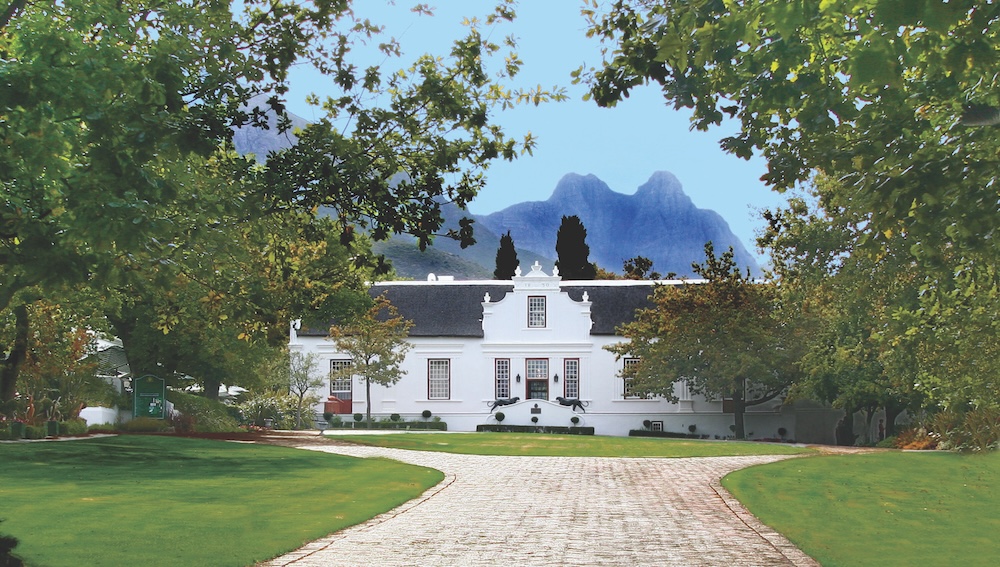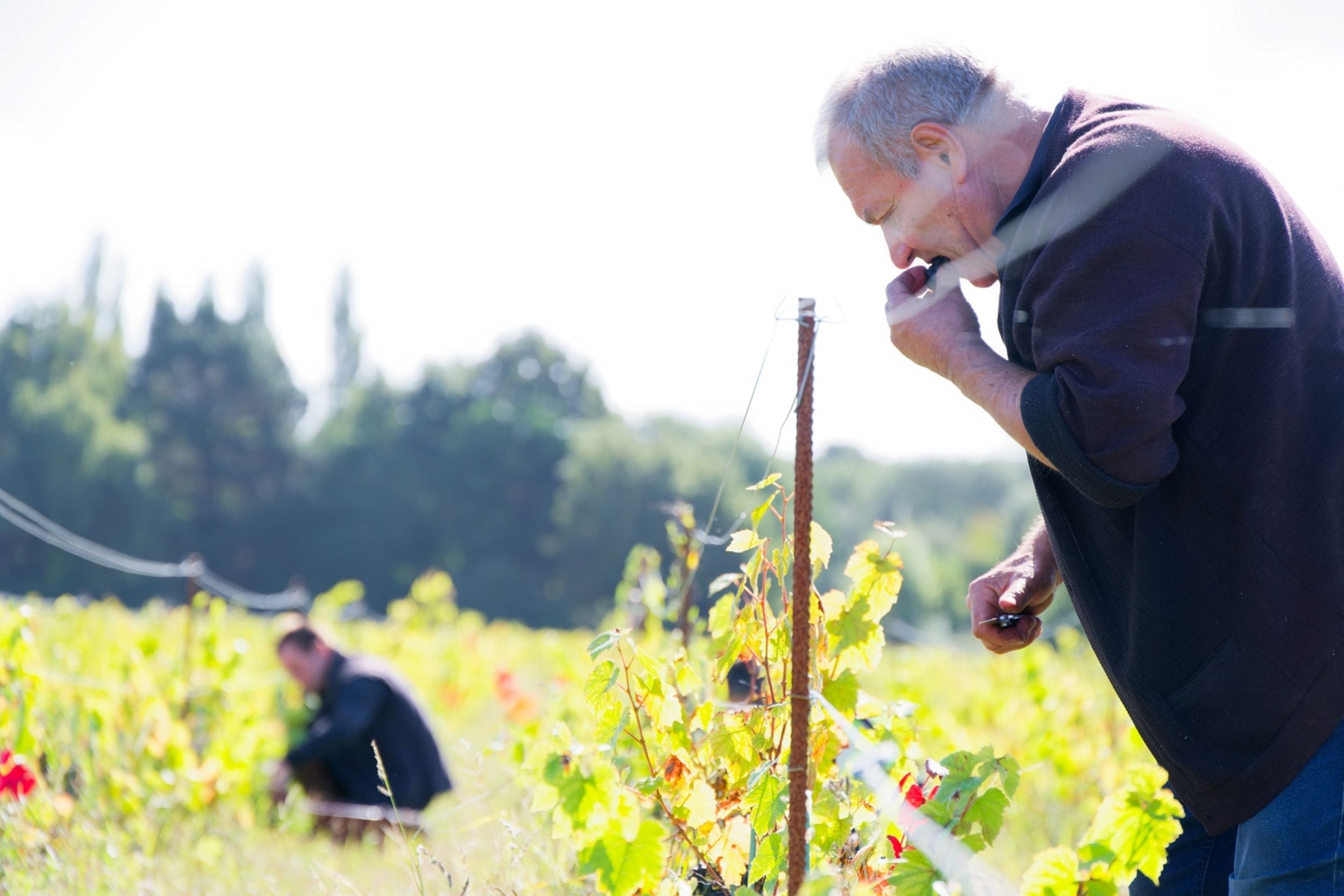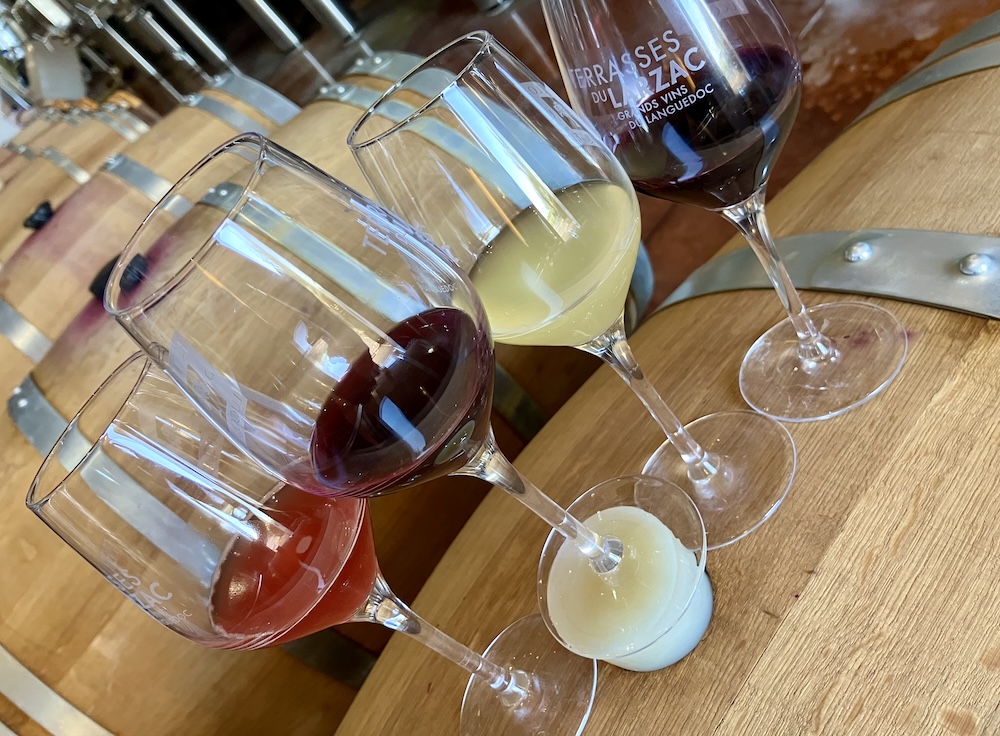
Discovery

Discovery
By Jean-Paul Burias, posted on 29 January 2024
In a spirits market with no shortage of products, Armagnac, Cognac and gin have successfully leveraged their assets and capitalised on their strong reputation. With a firm focus on the future, their range is constantly being bolstered by quality offerings that align with current consumer trends.
What used to be referred to as an after-dinner drink is no longer necessarily saved for post-prandial occasions. This change in drinking patterns could well have undermined the industry, but instead of that, it has proven itself to be dynamic. Armagnac, Cognac and gin producers remain true to their values whilst developing a well-stocked range of products with undeniable flavour qualities that match current consumer demand. Armagnac, which has been marketed since the 16th century and is a flagship of the French lifestyle, has dusted off its image and enjoys the kind of success that would have been unthinkable a few years ago. Now produced in numerous countries, gin flirts with fashion, stoked by the emergence of success-hungry brands in a highly competitive marketplace. Admittedly, the combined effects of an economic slowdown, the impact of inflation and overstocking by distributors, particularly in the United States, led to a decline in 2022, but international markets remain sizeable. “Cognac symbolises French excellence, for connoisseurs and the world’s top barmen”, claims Christophe Veral, chairman of the Cognac marketing board BNIC. “Sophisticated marketing supports its recognition and aims to raise awareness and exposure to its unique character, diversity and aromatic intensity crafted by many companies and producers, each with its own signature style”. Just like gin and Armagnac, approximately 70% of the time Cognac is drunk in the cocktail space. The figure illustrates the popularity of mixology, an undeniable advantage for three spirits that certainly capture the zeitgeist.
Cognac Frapin: an historic company
Set in the heart of Grande Champagne, Frapin, a company whose family origins date back to 1270, embodies the essence of Cognac. Its long-standing expertise scales the heights of excellence. This family-owned property covers 240 hectares of vines farmed to the highest standards using artisanal methods that have been passed down over time to produce Cognac that is entirely harvested, distilled and matured at the estate. “In terms of volume, the VSOP are the most popular”, explains managing director Patrice Piveteau. “In terms of value, our XO, including Château Fontpinot XO whose hundredth anniversary is being celebrated this year, are our true ambassadors”.


Frapin is unanimously recognised and primarily marketed in Europe with no noteworthy drop in sales. “The American market is relatively small for our company”, points out communications manager Thomas Soret. “It’s more of a cocktail and VS market whereas we have mostly XO in our range. China is a major destination for us. It has experienced a slowdown since 2022 and its recovery has been slower than we anticipated. Despite this, we are successfully maintaining sales through our high-end niche market positioning in countries such as South Korea. In Africa, countries like Nigeria, Cameroun and South Africa are potentially interesting”.

At the end of a windy street stands a hamlet. The Moisans distillery boasts twelve boilers and ageing cellars along with a manor house for welcoming visitors. The 60-hectare vineyard is classified as Fins Bois and Petite Champagne. After buying his first vines, founder Roland Bru created the distillery in the 1960s – it is now one of the leading Cognac companies. His daughter Véronique Legaret and grandson Roland, along with managing director Olivier Petit, now perpetuate this impressive family story. Ugni Blanc is the predominant grape variety. This late-ripening cultivar is harvested at the end of the summer to ensure it fully delivers its delicate flavours. “Our XO range stems from the selection of rare Cognacs conducted by our cellar master”, explains Roland Legaret. They are matured to perfection for at least ten years in oak barrels then blended based on ancient traditions.
The blend is the result of a subtle balance which reveals a delicate, floral aroma on the nose then a wealth of flavours on the generous palate which fully encapsulates the complexity of a benchmark pour. The Moisans Napoléon Cognac is a blend of Cognacs from carefully selected growths that are matured for at least six years and display a distinctive mahogany hue, a floral nose and subtle fruit notes. “We sell in France and to sixty countries, which makes us less sensitive to declining markets in some parts of the world”, adds Olivier Petit. “Distillerie de Moisans, through its history and mature brandies, is unique in that it markets a lot of mature Cognacs from VSOP through to Hors d’Age”.

Gin 3R: Normandy gin
Enthusiasts and inquisitive visitors are always welcome at Gin 3R. The distillery spoils its customers with its quality products. The expertise it has garnered over nine generations has taken the art of distilling the noble fruit of Normandy – apples – to the highest level. “Our gin is defined by its balance”, explains manager Régis Bouvault. “It is very aromatic without being strong, and is very refreshing. Obviously, competition is still significant, but the quality of the flavour is essential. Our base alcohol, which comes from Normandy, is 100% cider brandy, which is virtually unique and is one of our selling points. Some gins are designed more for mixology, ours also targets individual enthusiasts”. In a sometimes challenging marketplace, the brand appeals for its uniqueness. Asian countries like Singapore and Hong Kong are very receptive to this expressive range made from apples using a skilful recipe that includes juniper berries, coriander, angelica, tarragon, mint and rosemary.

In the icy cold Canadian winters, Manfred Audard, Laura Duclos and their team have found the precious ingredients used to create Trésor gin. One by one, each herb, fruit and spice are painstakingly selected before beginning the process of blending, adding, combining and tasting. “Our aim was to create unique gins which stand apart from those that are already commercially available”, explains Manfred Audard. “The first recipe we created is the N°13 with thirteen ingredients foraged in a genuine treasure hunt to obtain the perfect balance between the herbs, spices, fruit and flowers. Juniper berries are the key ingredient, which is why we chose to use cade juniper with its smooth, resin-like notes”.

The broad-ranging collection of flavours includes the N°6, packaged in a clear Champagne-style bottle, which has six distinctive ingredients: strawberries, raspberries, cherries, cranberries, blueberries and a touch of rhubarb. The aim is to offer a rounded, smooth, appetising spirit. “It has become essential to offer specific recipes with a difference and styles geared to your audience, whilst remaining competitively priced”, adds Audard. “In our Canadian market, there are over one hundred local gins, so it’s up to us to be creative and innovative. But we are seeing interest from emerging markets, particularly India, Mexico and the Caribbean”.
Régis Bouvault of Gin 3R at an exhibition of Normandy products.
In Champagne, there are multiple flavours. Located in a former convent of Queen Blanche of Castile, in Jonquery in the Marne department, the Dames Blanches distillery has made it its mission to produce superior quality spirits since 2020. A single malt whisky sits alongside a gin distilled from grapes grown in the vineyards, which allows each stage of the production process to be monitored, from the grape to the glass. “Our aim is to produce a wild gin from organic plants”, recounts Paul-Louis Ammeux, the owner of the distillery with his brother Augustin. “No flavourings are added. All the plants are macerated in the alcohol and distilled with it”.

The traditional recipe is available in a French version, with no colourings or flavourings, but with the aromas instilled through maceration and distillation. “We position our products in the premium segment and work with manageable volumes”, adds Augustin Ammeux. “We prioritise quality over volume which I believe is a guarantee of quality”.

Veuve Goudoulin: where the terroir talks
Prominent women continue to be a part of the collective psyche here. When she founded her distillery in 1935, Jeanne Ménal Goudoulin did not necessarily anticipate that 88 years later her name would conjure up the sheer pleasure of a fine Armagnac. In 2009, Michel Miclo, the owner of a family-run distillery in Eastern France, acquired the company. His aim was to ensure renewed exposure for the brand whilst at the same time safeguarding its authenticity and quality through a premium positioning. “Our range shows distinctive terroir features”, stresses Miclo. “We take our time. The vintage labels spend many long years in barrels before being released for sale so that our casks can enhance our brandies. This is essential for modernising our company’s image, which is starting to happen. However, we still have a lot of work to do to improve awareness, particularly in the domestic market. Storing 400 to 450-litre barrels allows the Armagnac to develop the complexity of its aromas and to mature. The VS, VSOP and XO styles are the most popular in export markets, particularly in Europe and Asia. “Uninformed consumers confuse Armagnac and Cognac”, regrets cellar master Frédéric Cenent. “They have very little idea of the different categories. The designation and its region still need to establish awareness among the general public”.

Located in the golden triangle of Grand Bas Armagnac, Château Garreau has magnetic appeal and is a joyful destination for its visitors. In addition to its underground cellar, which is unique in the region, the property has developed wine tourism activities through the Armagnac eco-museum, founded by Charles Garreau in 1986. Designed to promote the local area, the museum is a place for discovery and exhibitions and seamlessly combines a museum of winegrowing and stills. The property’s 27 hectares of Baco, Ugni Blanc, Colombard and Folle Blanche vines – the four main grape varieties for Armagnac – alongside Gros Manseng, Sauvignon, Merlot and Cabernet, boast outstanding vineyard sites. The fawn sand soils and ochre-coloured silt become a source of life and rare elements. “We aim to give the tastebuds a wake-up call for every drinking occasion”, stresses Carole Garreau-Caillaud, the company’s acting partner. “This provides some true opportunities for sharing in harmony with nature which instils its vital energy in us, inviting us to explore terroir-driven flavours”. The comprehensive range can be used to produce some delicious cocktails, particularly with the Blanche Armagnac and the Bouquet de Vie. But it can also be enjoyed as an aperitif, neat or mixed, with food or of course as an after-dinner drink to savour the more concentrated aromas of a mature vintage for example. “Armagnac is drawing increased interest from connoisseurs”, adds Garreau-Caillaud. “It deserves its success and more, this is only the beginning. Its boutique scale, with just 2,500 hectares of vines on-stream, its artisan production methods, its rich array of aromas, its multiple drinking occasions and, so far, its excellent value for money, should prompt further interest still. My generation and the next one are working hard to rejuvenate its image by marketing products that are suited to different occasions, without neglecting the vintage offerings which are a part of our heritage and our traditions”.
Rising above the restrictions and the preconceived ideas, spirits consumption has remained at a steady rate with a range of products that is now extensive. Armagnac, Cognac and gin still appeal to an audience that is looking for sophisticated drinks with authentic ingredients offering a sense of discovery.
They can be enjoyed in many different ways – on the rocks, in cocktails, in long drinks or as an aperitif, an after-dinner drink or paired with food. “The craft movement, fuelled by mixology and Millennials, is driving consumer trends », stresses BNIC chairman Christophe Veral. “This approach is stoking their success. Over the past few years, consumers have been crying out for artisan products that showcase craftsmanship”. Since the pandemic in 2020, sales have started heading North again, mainly due to headway made in the off-trade. 2024 is likely to see a general slowdown in the global economy which will have an impact on the spirits market. But a recovery of growth in the main categories of Armagnac, Cognac and gin ushers in fairly positive long-term prospects linked to the high standards of producers seeking to craft high-end spirits.


Discovery

Discovery

Discovery